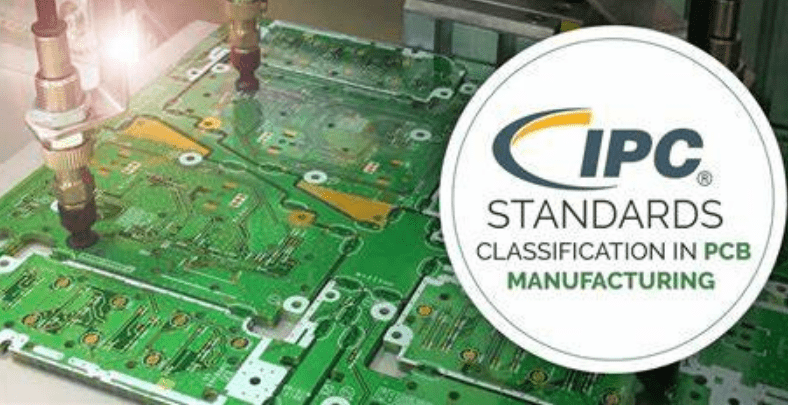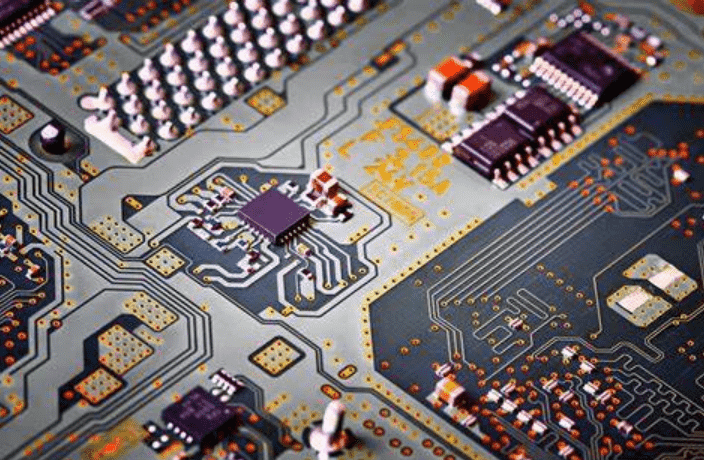It is often said that Printed Circuit Boards (PCBs) changed the procedures for producing and testing the capabilities of electronics. But what is not so popular is that the presence of certain standards and industry-centric measures have helped both PCB consumers and manufacturers to follow specific rules to make the most out of the boards.
The absence of such standards could have been inimical to the widespread reception that PCBs receive today. We must commend the IPC for helping form and keep these standards active to this day.
In this article, we are going to discuss how the IPC PCB standards became a gamechanger for the electronics manufacturing and assembly market.
What is IPC?
The full name is Institute for Interconnecting and Packaging Electronic Circuits. It initially went by the name, Institute for Printed Circuits, which was the name it had when founded in 1957.

IPC as a Trade Organization
At the core of how the IPC PCB standards influence the electronics manufacturing and assembly market is the fact that IPC is a trade organization. As such, it is organized and mutually-managed by a group of enthusiasts and professionals whose core goal is to see to the standardization of electronic equipment, as well as the assembling of such equipment.
Why the Name Change?
At the time of establishment, the Institute for Printed Circuits, as the name suggested, was geared towards the creation, enforcement and continues implementation of the standards that would regulate how Printed Circuit Boards (PCBs) are made.
However, the organization would soon rename to the Institute for Interconnecting and Packaging Electronic Circuits in 1999. This can be narrowed down to the changing technological processes for PCB production, as well as the organization’s commitment to offer inclusive standardization for the different electronics assembling processes.
Thus, the renaming to the Institute for Interconnecting and Packaging Electronic Circuits helped the organization to narrow down to the emerging trends in the circuit market, one of the which is the transitioning from bare circuit boards to the packaging and electronic assemblies.
What Difference do the Standards Make?
As mentioned earlier, the absence of standards or certain guidelines could pave way for anomalies and chaos in the circuit board production and assembling processes. But with the wide range of standards and design guidelines set out by the IPC, it has become possible to regulate the industry even better.
Below are some of the advantages or the reasons why complying to the IPC PCB standards can make all the difference both for the manufacturer and consumer of circuit boards.
1. Affordable PCB Designs
While it is possible for the Printed Circuit Boards (PCBs) in particular and the Electronic Manufacturing Services (EMS) in general to be affordable; it is also possible for the aforementioned to create additional costs in the long-run.
One of the major reasons for cost add-ups for these is the non-standard processes used in the production. Thus, when a PCB manufacturer doesn’t comply with the IPC PCB standards, it is very possible that the manufacturer is going off the books and more often than not, it implies doing things besides the laid-down processes.

In such instances, there tends to be additional costs to rectify the issues – if they can be rectified.
But when a PCB manufacturer or EMS provider complies with the IPC standards, it makes the job easier, as the standards are in place to keep the entire process in check.
2. IPC PCB Standards Bolster Production Efficiency
Besides the fact that PCB manufacturers that don’t follow the IPC PCB standards are penalized, it is also evident that following the guidelines goes a long way to keep the industry sane.
It is more of a pipeline or chain of command that details what should be done at every point of the circuit board and electronics manufacturing and assembly processes. That way, all hands are on deck, starting from the board suppliers, up to the manufacturers. The outcome would be the delivery of excellent electronics manufactured and assembled as per the dictates of the IPC PCB standards.
3. IPC PCB Standards Encourage Innovation
Due to the existence of these guidelines, it has become imperative for EMS providers and PCB manufacturers to be creative with how they go about offering their services.
In this light, we are looking at the possibilities of these companies and service providers to create unique solutions just to remain relevant.
The PCB industry is continually inundated with new technologies and a healthy competition among the key players in line with the IPC PCB standards helps to encourage the companies to improve in the process technologies and product offerings.
4. The Reliability of the Standards is not in Doubt
One may wonder if the IPC PCB standards are to be trusted. Yes, these guidelines can be trusted for various reasons, including the following:
- Inclusive Participation: it is said that at the time of launching the organization, the IPC had at least six (6) Printed Circuit Board (PCB) manufacturers as one of the early founders. Today, there are over 3,600 trainers over the worldwide, who have been certified to train and test on the IPC PCB standards. That way, you can be certain that the outcome of these standards is not left in the hands of a few.
- Varieties of Standards: it is safe not to assume that the IPC PCB standards are not limited to the Printed Circuit Board (PCB) market. Rather, these standards cut across different aspects of electronics manufacturing and assembly.

What are the IPC PCB Standards?
According to the information on the official IPC website, there are over “300+ active multilingual industry standards, covering nearly every stage of the electronics product development cycle.”
To give you some ideas, these standards range from the general documents that specify the patterns, terms and the dimensions and tolerances for PCBs.
The standards also include design specifications, such as the:
- IPC-2223 Sectional Design Standard for Flexible Printed Boards.
- IPC-2141A Design Guide for High-Speed Controlled Impedance Circuit Boards and;
- IPC-2251 Design Guide for the Packaging of High Speed Electronic Circuit.
It also covers the specifications for materials for circuit boards, as well as setting out the standards for the flexible assembly and materials.
Conclusion
The existence of the IPC standards both for Printed Circuit Boards (PCBs) and electronics manufacturing and assembly in general paves the way for a “common language” or design iteration guideline to be used all over the world to ensure the reliability of the electronic products manufactured and shipped all over the world.
Comments are closed